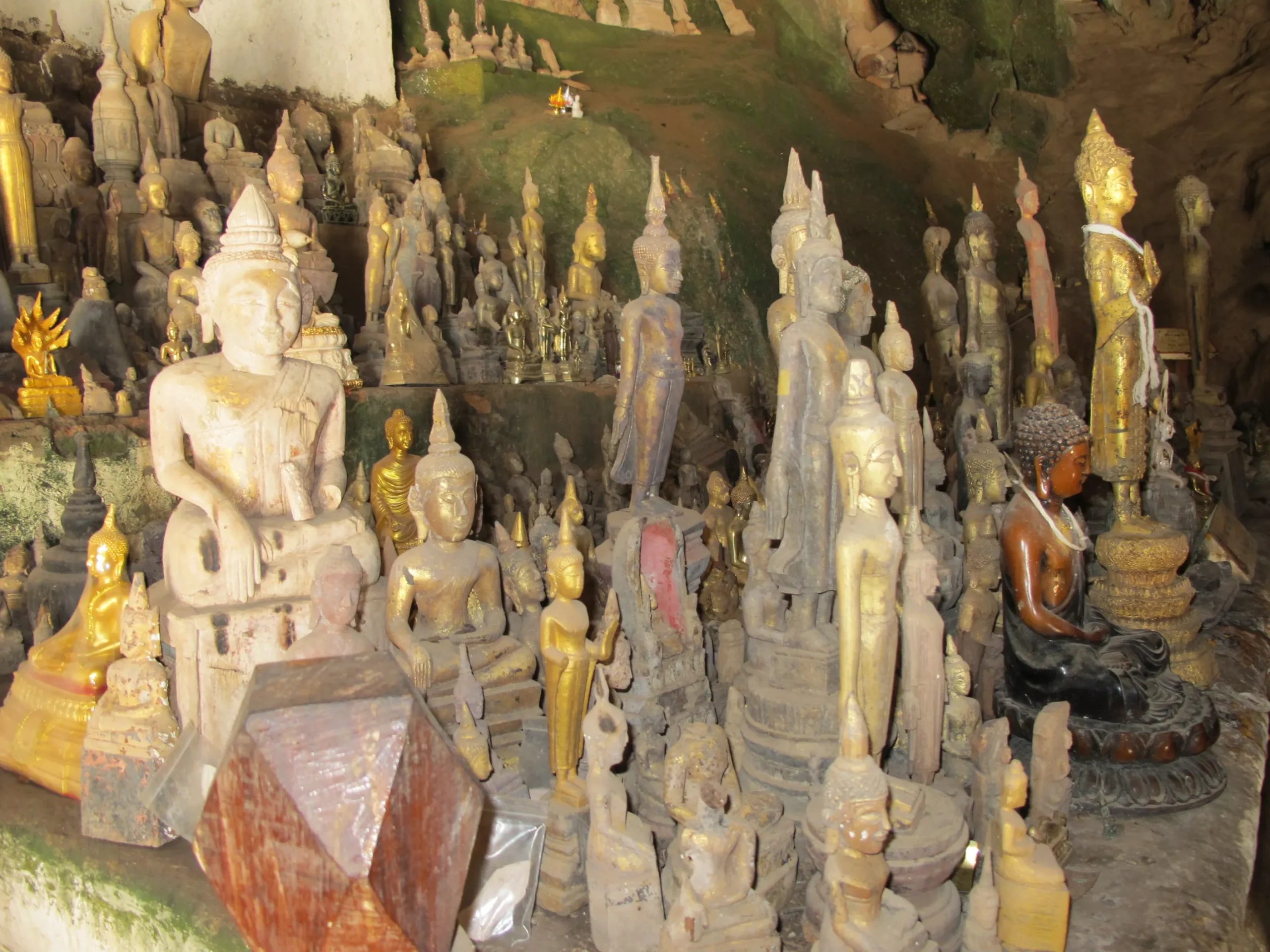madtechventures.com – The arts and literature of Laos offer a rich tapestry of cultural expression, reflecting the country’s deep-rooted traditions and diverse influences. From intricate handicrafts to poignant storytelling, Laotian artistic and literary creations provide a window into the soul of this Southeast Asian nation. Here, we explore the unique local creations and the influences that have shaped them over the centuries.
Traditional Arts and Crafts
Laos is renowned for its traditional arts and crafts, which are deeply intertwined with daily life and cultural identity. Textile weaving is one of the most prominent art forms, with Lao women passing down their skills through generations. The intricate patterns and vibrant colors found in Lao textiles, such as silk and cotton weaves, often carry symbolic meanings and tell stories of the weaver’s community and heritage.
Another significant craft is wood carving, which is used to create everything from household items to ornate decorations for temples. The skillful craftsmanship reflects the spiritual significance of Buddhism in Laos, with many carvings depicting religious motifs and figures.
Performing Arts
The performing arts in Laos, particularly dance and music, are vital components of cultural celebrations and religious ceremonies. Lao traditional dance, known as phra lak phra lam, often narrates stories from ancient texts and folklore, with dancers wearing elaborate costumes and graceful movements enhancing the storytelling.
Music, too, plays a crucial role in Laotian culture. The khaen, a traditional bamboo mouth organ, is a quintessential Lao instrument, producing melodies that accompany festivals, rituals, and gatherings. The unique sound of the khaen is a testament to Laos’ rich musical heritage.
Literary Traditions
Laotian literature is steeped in oral traditions, with folktales, legends, and epic poems being passed down through generations. These stories often carry moral lessons and reflect the values and beliefs of Lao society. The Phra Lak Phra Lam, a Lao version of the Ramayana, is one of the most well-known epic tales, woven into the fabric of Lao cultural identity.
Modern Laotian literature is increasingly being written and published, with contemporary authors exploring themes of identity, history, and change. However, traditional storytelling remains an integral part of the literary landscape, bridging the past with the present.
External Influences
Laos’ arts and literature have been influenced by various external factors, including neighboring cultures and colonial history. Buddhism, introduced from India, profoundly impacted artistic expressions, particularly in temple architecture, sculpture, and religious texts.
The French colonial period also left its mark, introducing new artistic styles and literary forms. This fusion of indigenous and foreign influences has enriched the Laotian cultural scene, creating a unique blend that continues to evolve.
Conclusion
The arts and literature of Laos are a testament to the country’s cultural richness and diversity. Through traditional crafts, performing arts, and storytelling, Laotians express their heritage and values, while also embracing new influences. This dynamic interplay between tradition and modernity ensures that the arts and literature of Laos remain vibrant and relevant, offering insight into the heart and soul of the nation.
